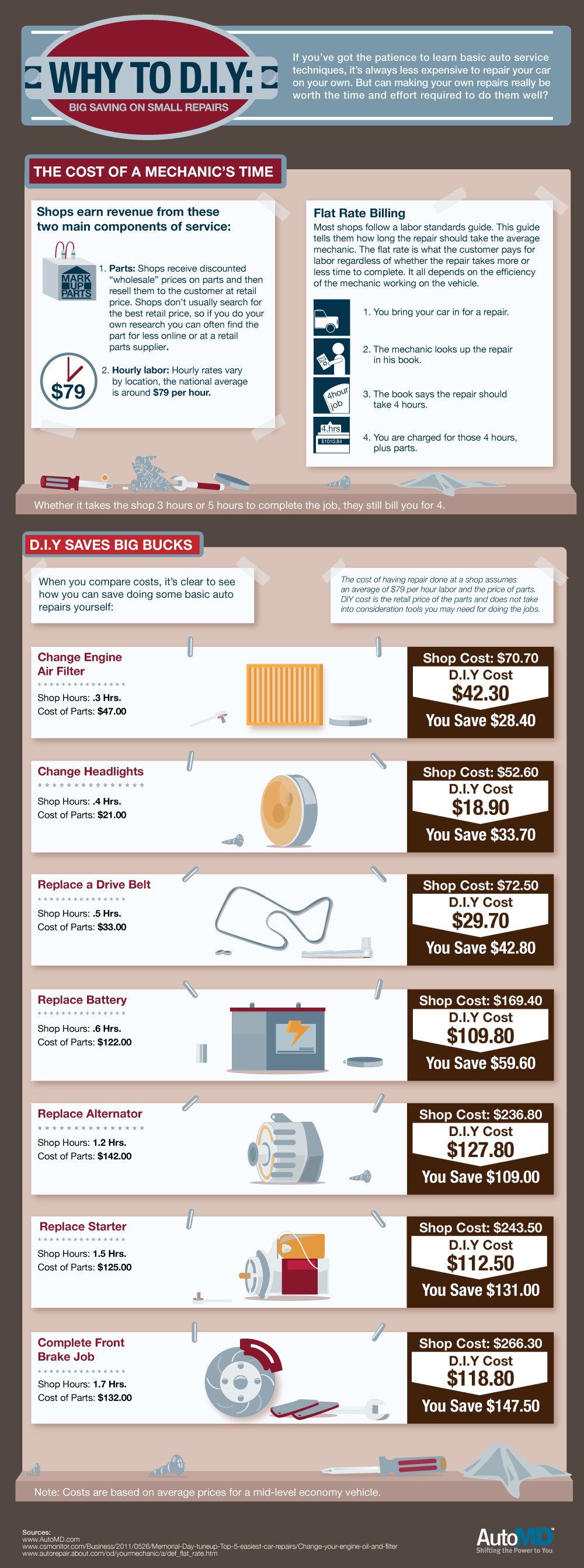Examining Your Automobile'S Caution Indicators: What They Truly Communicate
Examining Your Automobile'S Caution Indicators: What They Truly Communicate
Blog Article
Published By-Faulkner Forbes
When you're behind the wheel, those glowing warning lights on your control panel can be a bit puzzling. Do you understand what they're attempting to inform you regarding your auto's wellness? Comprehending the significance of these lights is crucial for your safety and security and the long life of your lorry. So, https://www.itechpost.com/articles/111458/20220620/tips-to-avoid-over-priced-auto-repairs.htm following time among those lights turns up, wouldn't you want to decode its message properly and take the necessary steps to address it?
Common Caution Lighting and Interpretations
Recognize common warning lights in your car and recognize their meanings to ensure secure driving.
The most typical caution lights include the check engine light, which indicates issues with the engine or exhausts system. If this light begins, it's essential to have your automobile inspected quickly.
The oil pressure advising light suggests reduced oil pressure, requiring prompt attention to stop engine damages.
A flashing battery light might recommend a faulty billing system, potentially leaving you stranded otherwise dealt with.
The tire pressure surveillance system (TPMS) light signals you to low tire stress, affecting automobile stability and fuel effectiveness. Disregarding this might cause harmful driving problems.
The abdominal muscle light shows a problem with the anti-lock braking system, jeopardizing your capability to quit swiftly in emergency situations.
Lastly, the coolant temperature level advising light warns of engine getting too hot, which can cause serious damage if not solved swiftly.
Understanding interior vehicle cleaning will certainly help you resolve problems without delay and preserve risk-free driving problems.
Importance of Prompt Interest
Comprehending the usual warning lights in your cars and truck is only the primary step; the importance of without delay resolving these cautions can not be emphasized enough to ensure your security when driving.
When a caution light illuminates on your control panel, it's your automobile's way of interacting a prospective problem that needs interest. Disregarding these cautions can result in much more severe problems in the future, compromising your safety and security and possibly costing you much more out of commission.
Trigger interest to advising lights can protect against malfunctions and accidents. As an example, a blinking check engine light might show a misfire that, if left ignored, might cause damages to the catalytic converter. Addressing this immediately can conserve you from a costly repair service.
Similarly, a brake system warning light may signify low brake fluid or used brake pads, vital components for your security when driving.
Do It Yourself Troubleshooting Tips
If you discover a caution light on your control panel, there are a couple of DIY troubleshooting ideas you can try before looking for professional assistance.
The first step is to consult your cars and truck's handbook to recognize what the details caution light shows. Often the problem can be as easy as a loosened gas cap setting off the check engine light. Tightening the gas cap might deal with the issue.
An additional typical problem is a reduced battery, which can trigger various advising lights. Examining the battery links for deterioration and ensuring they're protected may fix the problem.
If a caution light lingers, you can attempt resetting it by separating the automobile's battery for a few minutes and after that reconnecting it. In addition, examining your vehicle's liquid degrees, such as oil, coolant, and brake fluid, can aid troubleshoot alerting lights related to these systems.
Final thought
In conclusion, understanding your vehicle's caution lights is vital for maintaining your vehicle running efficiently and securely. By promptly dealing with these signals and knowing what they mean, you can avoid expensive repairs and prospective break downs.
Bear in mind to consult your cars and truck's manual for specific details on each cautioning light and do something about it appropriately to guarantee a hassle-free driving experience.
Stay educated, remain safe when driving!
